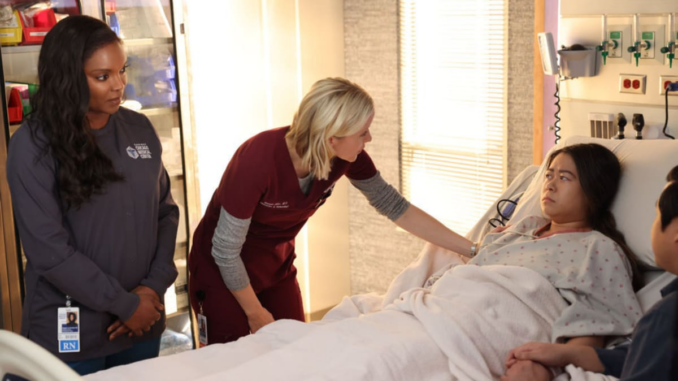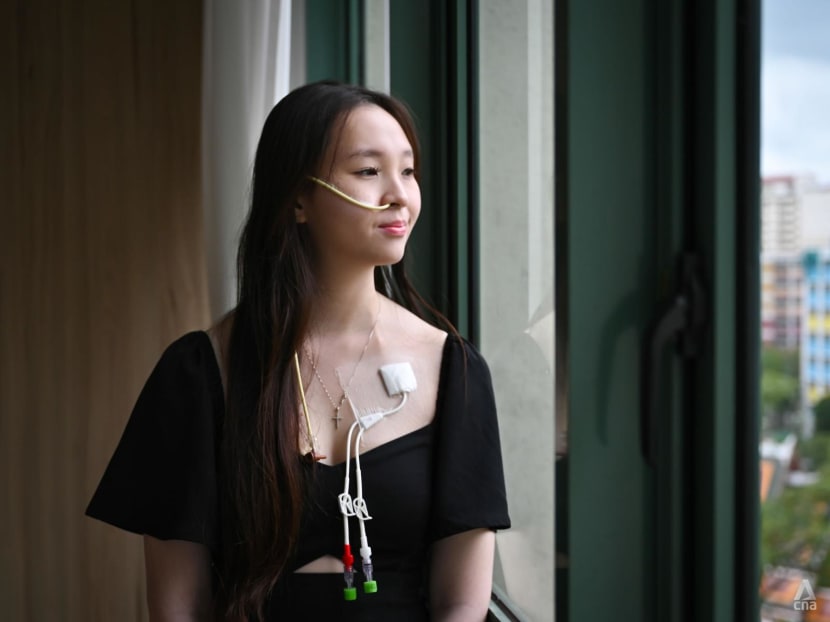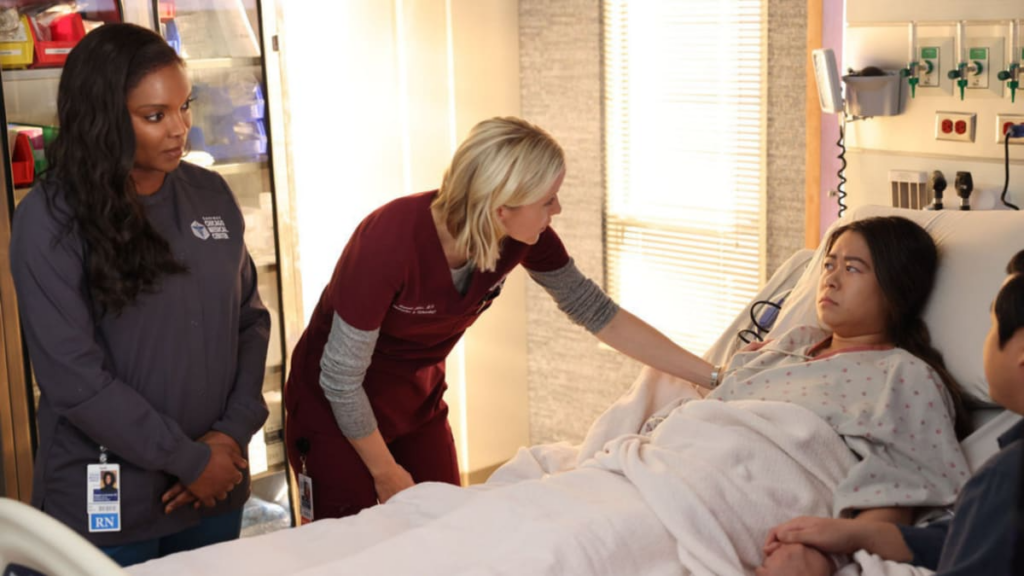
Miss Tammie Ong’s debilitating illnesses have progressively weakened her physically, but the 20-year-old still tries her best to keep her spirits up and her wish to bring some form of healing to others has not faltered.

For years, Miss Tammie Ong had imagined herself in a white coat with a stethoscope, working as a paediatrician and helping young patients the way that she had seen doctors do on television.
Then in 2021 when she was 17, she was the one who ended up on a hospital bed needing medical treatment.
She had gone to sleep one night as usual but by morning, she woke up feeling inexplicably unwell, experiencing a bout of severe headaches and vomiting several times.
After she went to multiple hospitals and did various tests, they revealed that she had several rare, incurable conditions that would change the course of her life.
One of them is gastrointestinal dysmotility, meaning there is a problem with her digestive system – the muscles and nerves in the gastrointestinal tract that moves food along are not working as they should.
A gastrostomy tube now delivers essential nutrients to her body, replacing meals she can no longer eat.
Another condition that affects her is dysautonomia, which disrupts her autonomic nervous system, affecting vital functions such as blood pressure and heart rate.
Both conditions leave her constantly fatigued and in pain.
Her doctors told her that she may never get better.
Just before I met her on a warm February afternoon at her family home in the west of Singapore, I was slightly worried about how the interview would go with someone who was not in the best physical state.
However, from the moment she greeted me at the door, I knew Miss Ong would come up with the energy to power through our interview.
She ushered me into the living room, brought out chilled drinks, adjusted the air-conditioner right away for this perspiring journalist and for the first 30 minutes, peppered me with questions about my day-to-day job, her curiosity turning the interview on its head.
She was a picture of youthful exuberance and I learnt that before she fell ill, she loved to dance.
Everything about her presence suggested she was thriving – until she reminded me that she wasn’t.
“Having these conditions really engulfs your life. It’s consuming, and it feels like I have no break from it,” Miss Ong said.
“I’m always very tired, always very weak, and the pain gets worse over time.”
Her bedtime routine alone is an ordeal: She has to administer a series of intravenous nutrition and medications through a central line – a tube connected into a large vein in the heart – before preparing the various medicines she needs to use for the next day.
It takes four hours before she can call it a night and even then, sleep is elusive. The pain often makes it hard for her to doze off.
Every morning, she wakes up to yet another round of time-consuming yet essential medical tasks.
Leaving the house requires double the preparation: She has to tape the central line, pack the medicines that she is required to take mid-day and charge her wheelchair battery to ensure that it does not run out, among other things.
“The doctors cannot pinpoint what’s causing all the pain, but they know roughly it’s because of my condition and that it will continue to progress,” she said.
For the first time during the interview, her shoulders dropped slightly as she talked about how her pain shadows her everywhere she goes.
“We’ve exhausted almost every option and there isn’t any extra treatment.”

RELENTLESS IN HER PURSUITS
All afternoon, Miss Ong – who will turn 21 in April – spoke candidly and patiently when describing the symptoms she experienced on a daily basis.
It was a heavy subject, but there was a lighthearted mood in the spotless dining room where we sat.
When she spoke, there was an inherent air of optimism and determination in her voice.
I recalled some of that vibe in her TikTok videos, where she shows snippets of her life with her own brand of quirk and humour.
Long before the debilitating illnesses tightened its grip on her, Miss Ong had already harboured dreams of going to medical school.
So determined was she to pursue this dream as a 16-year-old, she made a decision few teenagers would: She deleted all her social media applications on her mobile devices and computer six months before her N-Level examinations, shutting out distractions to focus entirely on her studies.
“Back then, my average daily screen time was just 30 minutes,” she said, laughing.
Her sacrifice paid off. She graduated top of her 2020 cohort at Kranji Secondary School and was admitted into Singapore Polytechnic’s biomedical science diploma course in 2021.
That was the year her body crumbled and encroached upon her plans before she even got going.
In the four years since her admission to the polytechnic, Miss Ong has completed just one semester of studies, her condition keeping her largely confined at home or in the hospital.
She last attended lessons at the polytechnic two years ago. Even then, Miss Ong has refused to stop learning.
At the start of 2023, she set her sights on Harvard Medical School’s three-month online fundamentals course in immunology.
In her application essay, she described how her life had changed overnight: “One moment, I was out dining with friends and, the next thing I knew, I was setting up tube feeds and relying on total parenteral nutrition (tube feeding through a vein) to survive.
“I felt overwhelmed and struggled with my condition, but later found strength and saw this as a calling to understand more about myself and children or young persons with rare disorders.”
She completed the course in March that year.
Just a few months later, an opportunity arose – an attachment at Ng Teng Fong General Hospital, where she would shadow a team of general surgeons.
For a couple of years after she fell sick, she had been the one lying on hospital beds, enduring countless procedures.
Then, for the first time, there she was standing on the other side, observing the operations with a newfound understanding. And it rejuvenated her.
“It was really fun. I got to sit in on almost all of the procedures,” she said with a chirp in her voice.
“I went through some of these surgeries as a patient myself and just being on the other side was so interesting, because you finally see how everything works.”

“THIS CAN HAPPEN TO ANYBODY”
Just as she was gaining momentum, her body betrayed her once again.
In the later half of 2023, she was diagnosed with pancreatitis, an excruciating condition of the pancreas that left her unable to walk and in constant pain.
Then, in the span of a few months, she battled three separate bouts of sepsis – a life-threatening complication where bacteria enters the bloodstream and the body has an extreme response to infection.
Each time, she found herself back in the very hospital wards where she had hoped to work one day.
